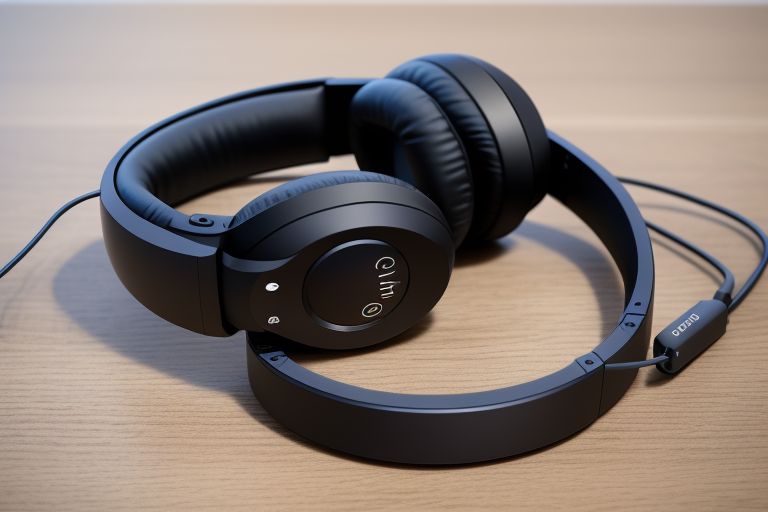
Intersection of Audio Technology and Wearable Devices
The Intersection of Audio Technology and Wearable Devices
In today’s technology-driven world, the convergence of audio technology and wearable devices is reshaping how we interact with our environment and manage our digital lives. This fusion aims to enhance personal audio experiences while integrating seamlessly into our daily activities. This article explores the development of wearable audio devices, their impact on lifestyle and health, and future trends in this exciting field.
Understanding Wearable Audio Technology
Wearable audio technology includes devices that are worn on the body and have audio capabilities, such as wireless earbuds, hearing aids, smart glasses, and even smart clothing. These devices offer a private listening experience and often come equipped with features such as fitness tracking, voice-activated commands, and connectivity to other smart devices.
Evolution of Wearable Audio Devices
From Bluetooth Headsets to Smart Earbuds
The journey of wearable audio devices began with simple Bluetooth headsets, primarily used for hands-free calling. Today, advancements in technology have led to the creation of smart earbuds that not only provide high-quality audio playback but also incorporate microphones, touch controls, and integration with virtual assistants like Siri and Google Assistant. These earbuds can perform a wide range of functions, including tracking biometric data.
Smart Glasses and Beyond
Another significant development is the integration of audio technology into smart glasses. Companies like Bose and Amazon have introduced glasses that offer directional audio, allowing users to listen to music, make calls, or receive navigation instructions without blocking external sounds, enhancing both functionality and safety.
Innovations in Hearing Technology
The integration of advanced audio technology into hearing aids has transformed them from simple sound amplifiers into sophisticated digital devices. Modern hearing aids can stream music, answer phone calls, and even adjust settings automatically based on the listening environment.
Impact on Lifestyle and Health
Enhanced Connectivity and Accessibility
Wearable audio devices enhance connectivity by allowing users to remain linked to their digital lives without constantly looking at a screen. This accessibility proves particularly beneficial for people with disabilities, such as those who are visually impaired, who can use audio cues for navigation and communication.
Fitness and Health Monitoring
Many wearable audio devices now come with health monitoring capabilities. For example, some smart earbuds are equipped with sensors that monitor heart rate, calories burned, and even blood oxygen levels. This information can help users optimize their workouts and track health metrics over time.
Mental Well-being
Audio wearables can also positively impact mental health. Features like noise cancellation help create a personal space for the user, reducing stress and distractions in noisy environments. Additionally, the ability to play calming music or guided meditations can help manage anxiety and promote relaxation.
Future Trends and Innovations
The future of wearable audio technology is promising, with several trends and innovations on the horizon:
1. Integration with Augmented Reality
Future wearable audio devices are expected to integrate more deeply with augmented reality (AR) technologies. This integration will likely offer immersive audio experiences that align with visual AR content, providing a richer and more engaging user experience.
2. Advanced Biometric Features
As sensor technology improves, wearable audio devices will likely include more advanced biometric features, enabling more detailed health monitoring and potentially even medical diagnostics.
3. Sustainable and Customizable Designs
Sustainability and personalization are becoming increasingly important to consumers. Future wearable audio products may feature eco-friendly materials and customizable designs that allow users to change colors, styles, or functionalities to suit their preferences.
Conclusion
The intersection of audio technology and wearable devices is an area ripe with potential, offering enhancements to our daily lives through improved health monitoring, increased connectivity, and immersive personal audio experiences. As technology continues to evolve, the boundaries of what wearable audio can achieve will expand, promising exciting new developments for consumers worldwide.
For those keen on exploring the latest in wearable audio technology, the future holds a promise of innovation, integration, and improvement in how we experience sound and manage our health and communications.


